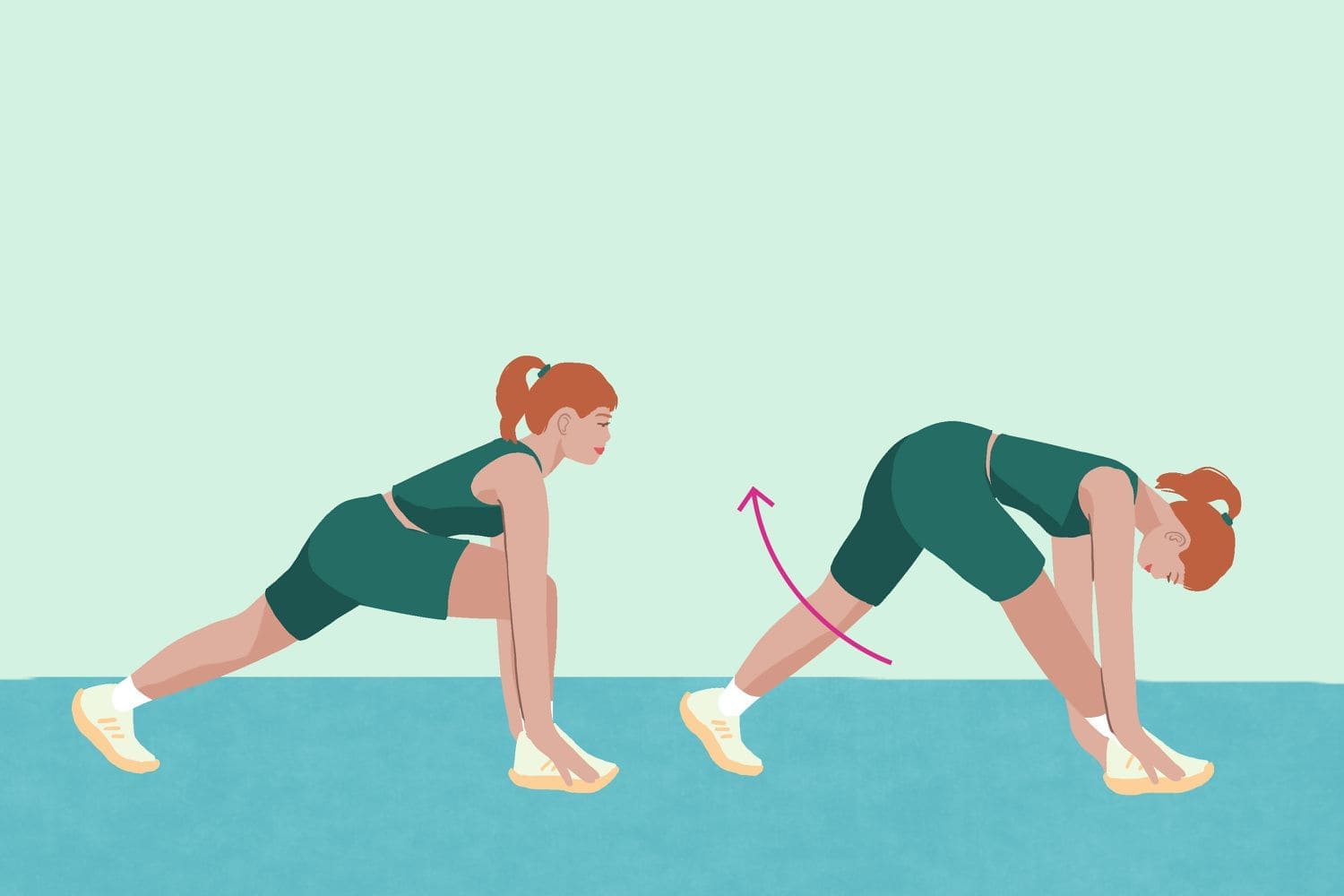What Should Stretching Feel Like? Understanding Safe & Effective Stretching

Stretching is an essential part of any fitness routine, whether you’re an athlete, a beginner, or someone who simply wants to stay mobile and injury-free. However, many people either avoid stretching because they find it uncomfortable or push too hard and end up injuring themselves.
So, what should stretching feel like? Should it hurt? How do you know if you're doing it correctly? Let’s break it down.
1. The Right Sensation: Gentle Discomfort, Not Sharp Pain
When stretching, you should feel mild discomfort or a gentle pulling sensation, but not sharp pain. Stretching should feel like you are lengthening the muscle and increasing its range of motion, but it should never feel like your muscle is tearing or being forced beyond its limits.
🔹 What’s Normal?
✔ A light to moderate tension in the muscle
✔ A gradual loosening as you hold the stretch
✔ A sense of increased mobility after stretching
🔹 What’s NOT Normal?
❌ Sharp, stabbing, or burning pain
❌ Numbness or tingling
❌ Sudden or extreme discomfort that forces you to stop
🚨 If you feel sharp pain while stretching, STOP immediately. It may indicate overstretching or a potential injury.
2. Static vs. Dynamic Stretching: How Each Should Feel
Different types of stretching produce different sensations. Here’s what to expect from the two main types of stretching:
🔹 Static Stretching (Holding a Stretch for 15-60 Seconds)
- Feels like a slow, steady pull in the muscle
- Tension should gradually reduce as you hold the stretch
- Should not feel like a strain or cramp
✅ Example: Sitting hamstring stretch – You should feel a mild pull in the back of your leg but be able to breathe and relax into it.
🔹 Dynamic Stretching (Moving Through a Range of Motion Repeatedly)
- Feels active but controlled, like a light warm-up
- Loosens up joints and muscles, rather than deeply stretching them
- Should not cause sharp pain or excessive strain
✅ Example: Leg swings – You should feel a gradual increase in mobility with each swing, but no painful pulling.
3. How to Tell If You’re Overstretching
It’s easy to think that "more stretching = better flexibility," but that’s not always true. Overstretching can lead to injuries like muscle strains or ligament damage.
🔹 Signs You’re Overstretching:
❌ Feeling extreme tightness AFTER stretching (this can indicate microtears)
❌ Loss of strength or muscle fatigue
❌ Joints feeling unstable or hyperextended
❌ Delayed pain after stretching
👉 Solution: Ease into stretches gradually and never force your body into extreme positions.
4. The Role of Breathing in Stretching
Your breathing can influence how stretching feels. Many people unconsciously hold their breath when stretching, which causes muscles to tense up.
✅ How to Breathe While Stretching:
- Inhale deeply before moving into a stretch
- Exhale slowly as you deepen the stretch
- Keep your breathing slow and controlled to relax the muscles
This helps prevent excessive tension and allows you to stretch more effectively without discomfort.
5. How Long Should You Hold a Stretch?
The ideal time to hold a stretch depends on your goals:
✔ For Flexibility: Hold static stretches for 30-60 seconds
✔ For Recovery: Hold light stretches for 15-30 seconds post-workout
✔ For Warm-Up: Use dynamic stretches (5-10 reps per movement) instead of static stretching
🔹 Pro Tip: Don't rush stretching—gradually increasing time and frequency leads to better results over time.
6. Should Stretching Feel Different Over Time?
Yes! As your body adapts, stretching should feel less intense and more relaxing over time. You may notice:
🔹 Improved range of motion
🔹 Reduced muscle tension
🔹 Increased comfort in deeper stretches
However, if stretching continues to feel painful or difficult, it may indicate an underlying muscle imbalance, injury, or mobility issue that needs attention.
7. What to Do If Stretching Feels Painful or Ineffective
If stretching feels painful or doesn't seem to help with mobility, consider these adjustments:
✔ Warm up first: Stretching cold muscles can feel more uncomfortable. Start with light movement before stretching.
✔ Modify the position: Small adjustments can make a big difference—don’t force your body into extreme angles.
✔ Use support: Blocks, straps, or walls can help make stretches more comfortable.
✔ Try foam rolling: Loosening up tight fascia with a foam roller before stretching can reduce discomfort.
✔ Stretch consistently: Flexibility improves with time. Stretch daily or at least 3-4 times a week for the best results.
Conclusion: Stretching Should Feel Good, Not Painful
Stretching should feel like a gentle pull, not a sharp pain. If you experience burning, stabbing pain, or extreme discomfort, you're likely overstretching or doing the movement incorrectly.
By listening to your body, breathing properly, and using proper technique, you can make stretching effective, safe, and enjoyable—helping you improve flexibility and reduce injury risk over time.
💡 Key Takeaway: Stretch smart, be patient, and enjoy the process!
Post Created: February 25, 2025, 12:59 pm
If this post gave you valuable insights or helped you in any way, consider supporting me! Your contribution allows me to continue producing helpful, high-quality content that everyone can benefit from. It’s thanks to supporters like you that I can keep sharing my passion and expanding this community. ❤️
